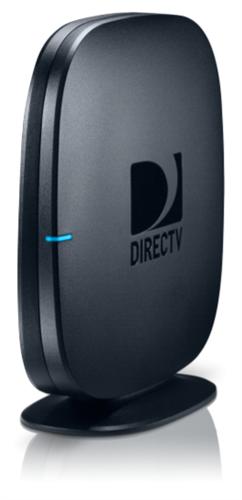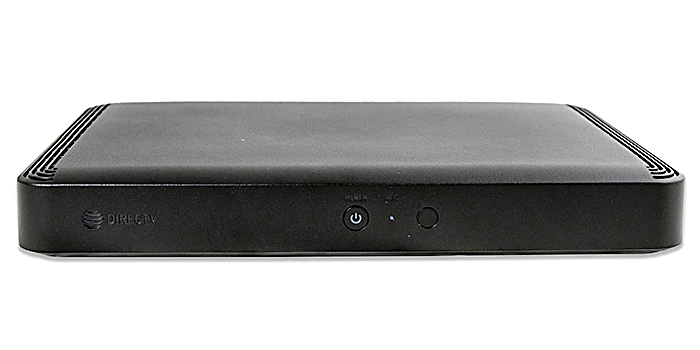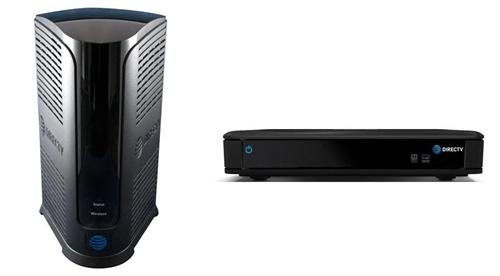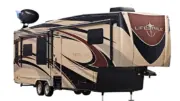I admit, this can be a confusing one. Since the introduction of the HR44 Genie several years ago, there has been some sort of wireless capability built into every DIRECTV DVR. The problem is that it doesn’t do what you think it does, most likely. The Wi-Fi adapter in your HR44 or HR54 Genie is only used to connect to the internet, not to the client boxes or Geminis.
Why can’t you connect a wireless client to a Wi-Fi equipped Genie?
You can, of course, but in most cases you need a wireless video bridge. I know, that doesn’t make sense, but maybe it will after I’m done explaining.
DIRECTV’s wireless client doesn’t use your home’s Wi-Fi. Instead, it uses a special Wi-Fi network that isn’t used for any other purpose, and which operates slightly differently from normal Wi-Fi. The Wireless Video Bridge uses MIMO technology for the strongest allowable signal, just like our mesh networking products. It also uses a dedicated channel to try to eliminate interference. That way, you should be able to get a smooth and problem-free experience.

It’s those fancy MIMO antennas that are the reason that HR44 and HR54 Genies don’t have the ability to connect straight to the client. When you look at the Wireless Video Bridge, what you notice first of all is that it sticks up. It doesn’t lay flat. That’s not uncommon for high-end routers, because it allows large antennas that pick up and broadcast strong signals. However, when you look at this Genie DVR:

it doesn’t stick up. It’s wide and flat, which is great for your entertainment center but not so great for Wi-Fi. Even though the HR44 and HR54 probably have enough computing power to run a wireless client, they don’t even try because the experience isn’t any good. A wireless video bridge is used instead, with it’s big honkin’ antennas, to give you a better experience.
The Wi-Fi on the HR44 and HR54 is only used to get on-demand programming and advanced features. It’s not used for anything else.
So, I’ll say it again, if you have an HR44 or HR54 Genie, you need a wireless video bridge. Simple as that.
Obviously, there have been a lot of people who said that the HR44 and HR54 should have had the ability to work with wireless clients without any extra hardware, and when DIRECTV’s engineers were designing the HS17 Genie 2, they took that in mind. Because the HS17 doesn’t output to a TV, it doesn’t have to fit in an entertainment center. That means it can be much better shaped for strong Wi-Fi performance.

The Genie 2 can connect to wireless clients without a separate video bridge. If you need a separate video bridge you can use one, for example if the Genie 2 isn’t close enough to the client and you get a yellow light on the front of the client. But, the trick is to put the Genie 2 in the right location, so you don’t need anything extra.
Bottom line here folks: If your Genie is wide, you need a video bridge. If it’s tall you don’t. Think about it that way and it’s easy to remember.
Have more questions?
Connecting to DIRECTV equipment can be confusing. There are more choices than ever before and it’s not always clear. Why not work with the experts? The folks at Solid Signal have over two decades of experience helping DIRECTV customers make their home theater dreams come true. We’re here for you during East Coast business hours at 888-233-7563. If it’s after hours, or if you’d rather work over email, no problem! Fill out the form below. We’ll get right back to you!





